Your chainsaw is starting to deteriorate after years of use. You know this means you should replace the parts, but you are unsure if all chainsaw parts are universal. Fortunately, we researched to provide you with more information about these essential chainsaw parts.
Unfortunately, chainsaw chains, bars, and blades are not universal. Each is designed to work with a specific type and cannot be used with other models. Chainsaw type, size, tensioner hole, bolt slot, and oil hole locations should all be considered when figuring out which chain, bar, and blade will work.
Continue reading to find out if your chainsaw chains, bars, and blades are universal. We will also discuss the types of chains and bars, the lifespan of your chainsaw, and how frequently you should sharpen the chain. Additionally, we'll provide you with upkeep advice, so your chainsaw will last longer. So, read on!
Are Chainsaw Chains, Blades, And Bars Universal?
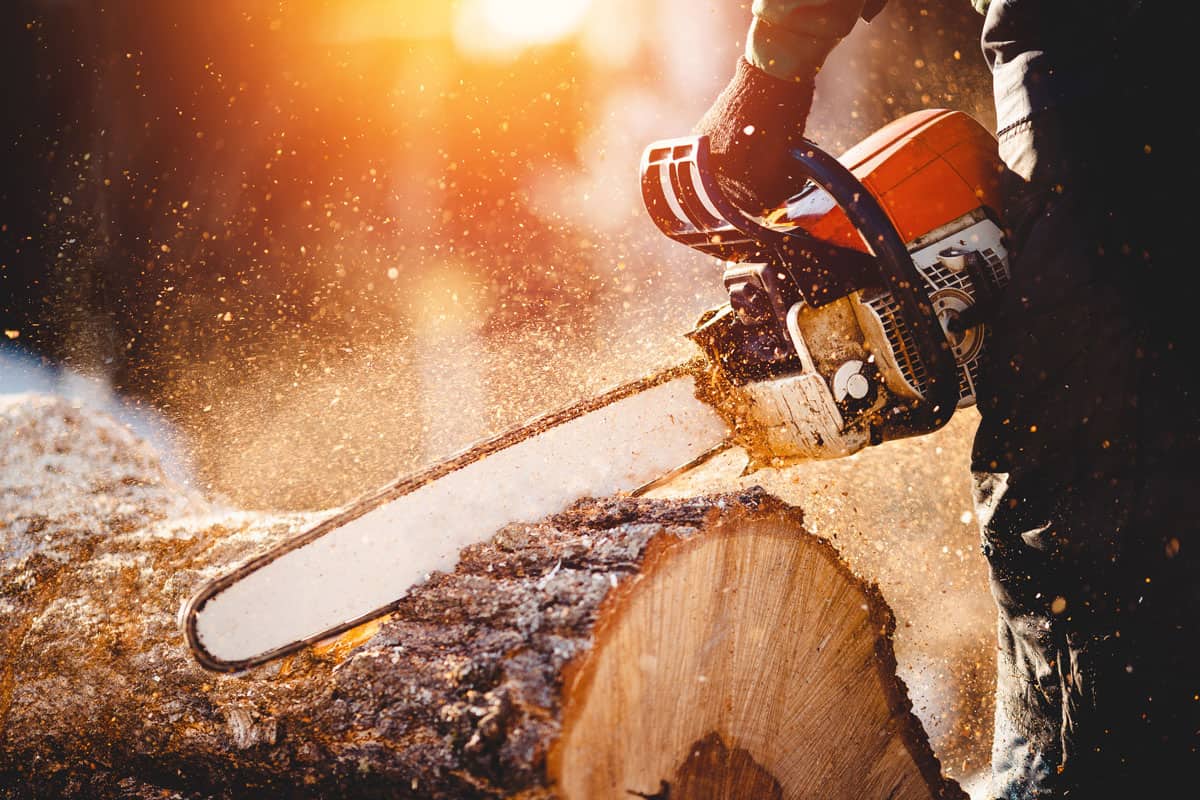
Let's dive in to learn whether the chainsaw parts are universal.
Chainsaw Chains
Although they all have the same function, chainsaw chains are built differently. The chain depends significantly on the kind of chainsaw you have. Therefore, you must select the appropriate chain for your tree-cutting demands, whether you are in urgent need of a replacement or are looking for a new chain for a specific purpose.
Here are the things to consider when you replace your chainsaw chains;
- Pitch - the distance between the chain's drive links.
- Gauge - the groove size that will be used to insert the chainsaw bar with the replacement chain or teeth.
Chainsaw Blades
Chainsaw blades aren't used everywhere, mainly for the same reasons. Because manufacturers design their products differently, the identical blade will not fit every chainsaw. You cannot use the blade from a particular brand on a different brand. Before buying a replacement, always check the manufacturer's specs.
Chainsaw Bars
The chainsaw bar has to be compatible as well. Aside from damaging your chainsaw, your safety and the people nearby can also be jeopardized by using the wrong bar. The bar's length and engine power must be compatible.
It is crucial to get precise measurements of the length. If the bar is too big or too small, it poses a safety hazard. Using a larger bar will cause the engine to be under much pressure, thus damaging the chainsaw. As far as safety is concerned, this is not as risky as installing smaller bars than the manufacturer recommends.
When using a smaller bar, the chain can break since it can't withstand the high rotational speed when operating the device. This puts you and others nearby at risk if the chain breaks because it could start flying erratically.
Here are some factors to consider when replacing your chainsaw bar:
- Size - When purchasing a replacement bar, never estimate the length and width. Precise measurements should be taken.
- Tensioner and bolt slot - The component that enables tension adjustment between the chain and bar is called the tensioner hole. The tensioner hole and bolt slot for the chainsaw bar should be aligned during installation.
- Oil holes - These parts enable the chain to be well-lubricated.
What Are The Different Types Of Chainsaw Chains?
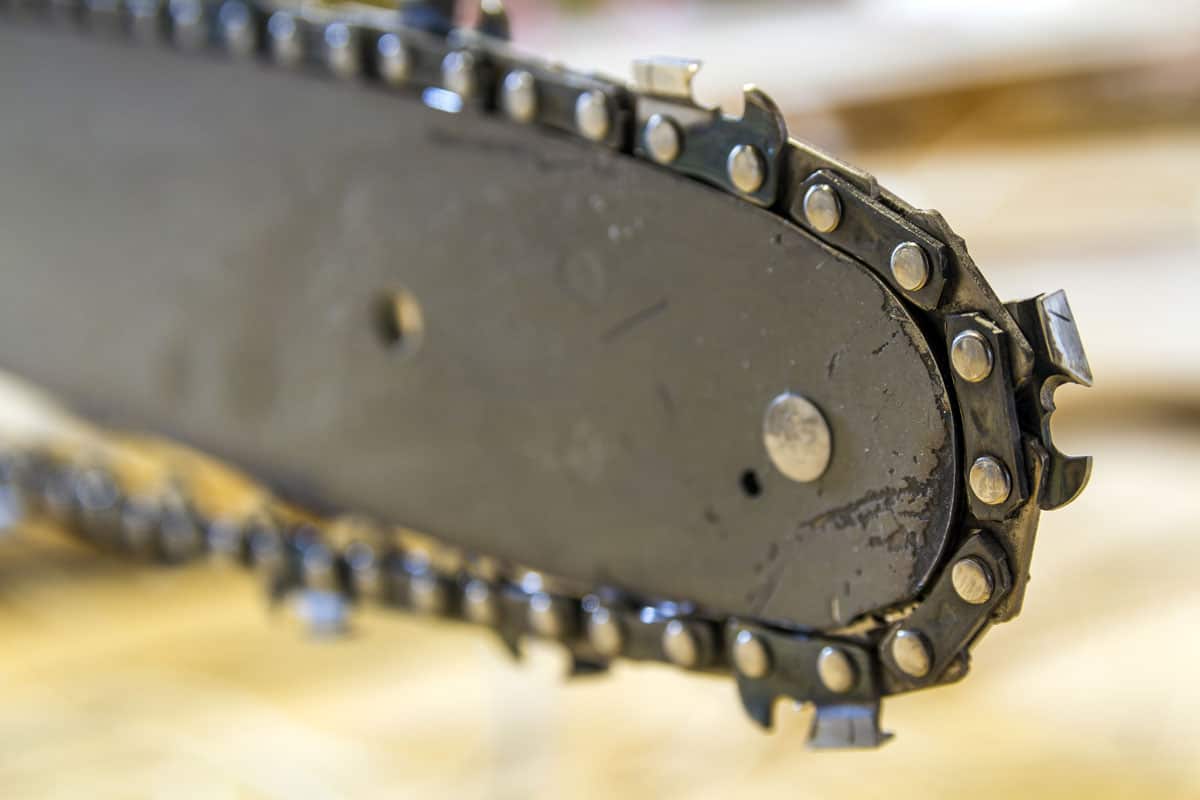
There are three primary types of chainsaw chains, and each is utilized for a distinct task. The chain's teeth, referred to as the "chisel," determine how well the chain slices through the wood.
Full Chisel
Full chisel chainsaw chains are often used by experts and knowledgeable users. Because of their square-cornered cutting teeth, which are more suited to cutting wood, they are frequently used on hardwoods like oak. They come with additional risk because of the teeth, which considerably increase the chance of kickback.
Semi-Chisel
The round-cornered teeth of semi-chisel chains make them less efficient. Though with incomplete chisel teeth, the possibility of kickback still exists. Household chainsaws used for cutting softwoods like pine likely have these chains. Additionally, because of its design, this type can be used without sharpening for a longer period.
Low-Profile
For new chainsaw users, low-profile chains work best. These chains are less likely to kick back during operation. Due to this, chainsaws in retail stores will likely have these chains.
What Are The Different Types Of Chainsaw Bars?
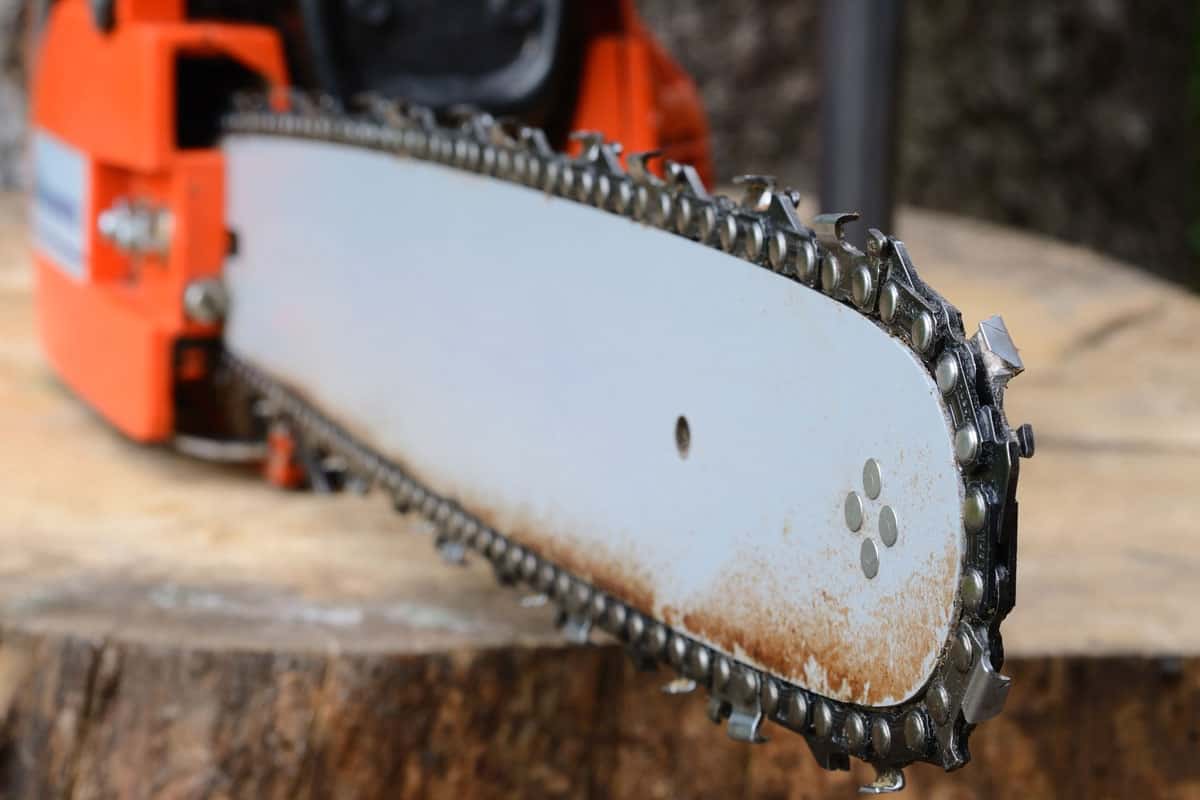
The size of the motor and the length of the bar determine the different sizes of chainsaws. You can choose the sort of chainsaw bar you require with the help of this article.
Solid
Steel is forged into solid chainsaw bars in a single piece. Despite being heavier, the solid bars offer the advantage of being more durable and not requiring rebuilding or repairs. They are typically more expensive than other kinds of chainsaw bars. Additionally, because they can handle so much, they might become hot and lose some of the engine's power.
Laminated
Laminate bars are probably the most well-liked bar. Although lightweight and cheaper, they are not as sturdy as solid chainsaw bars.
The spot welds that hold the two steel parts of the bar together around the steel core are visible on the bar's sides. These metal components tend to spread apart over time, resulting in chain slop. They need to be fixed or replaced eventually.
Hard Nose
A subcategory of solid bars is hard-nosed chainsaw bars. They are typically constructed from a single, thick sheet of steel. Hard-nosed bar tips can be further strengthened with additional coating or a metal layer. A solid tip that lacks a sprocket characterizes a hard nose bar.
These bars are extremely durable and designed for harsh environments like farms and forests.
What Are Some Maintenance Tips For Your Chainsaw?
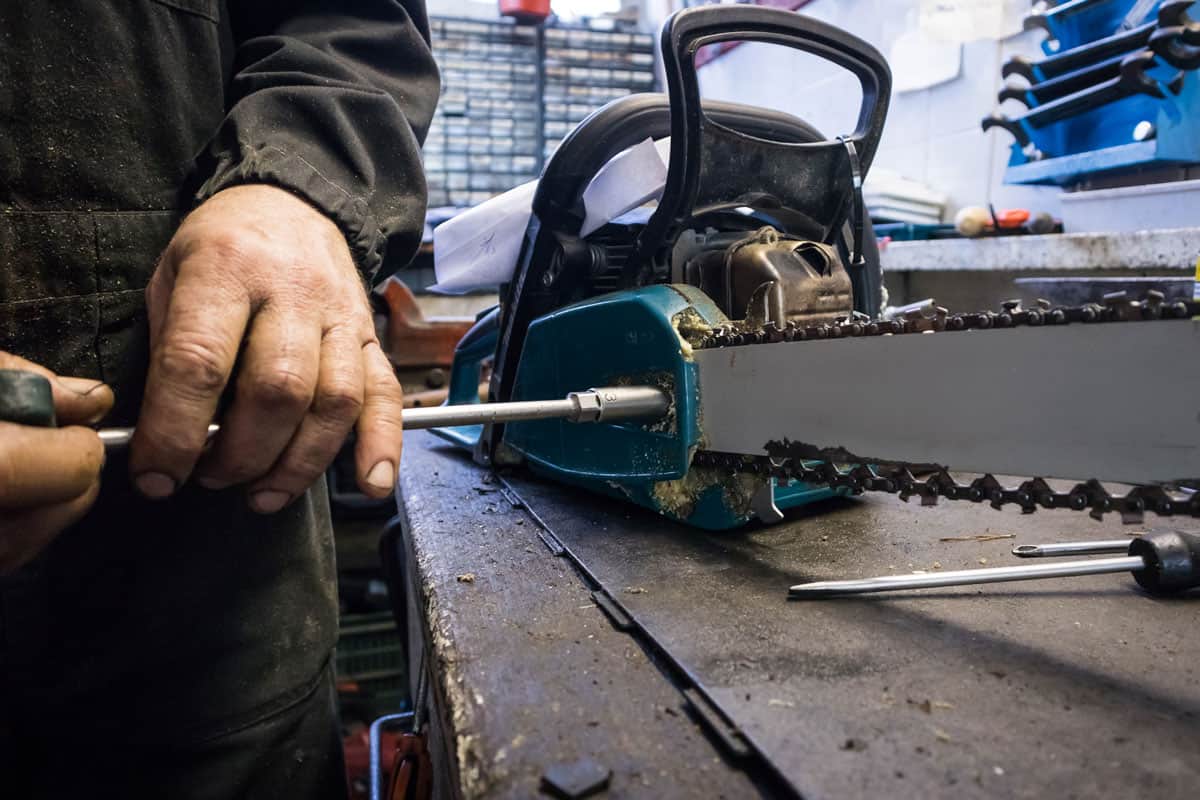
Let's start with a few quick yet crucial chainsaw maintenance tasks that will help keep your chainsaw operating at peak efficiency for a long time and increase its lifespan.
Tighten All Loose Parts
Regular chainsaw users may easily tell when something is loose. The uneasy trembling is immediately apparent. Always keep all the bolts, nuts, and screws on the chainsaw guide bar tight.
It's not necessary to disassemble anything to perform this. Make sure that all observable bolts and screws are tight at all times.
Keep The Chain Sharp
The chain is the most crucial component of this equipment. It must then be carefully cared for. Sharpening is necessary since chains often get blunt over time.
You will need a stamp vise, a file gauge, a flat file, and three types of files for sharpening.
Click to see this sharpening kit on Amazon.
Check The Chain Tension
You need the correct balance of chain tension—you don't want it too loose or too tight. A decent rule of thumb is that a chain should have some slack at the bottom but that the drive links and drive bar should not be easily separated.
It's a good idea to slightly loosen the chain before putting the chainsaw away if you won't be using it for a while.
Check The Chainsaw Bar
Most chainsaw bar issues are brought on by improper chain tension, insufficient lubrication, and bad working methods.
Therefore, it is a good idea to move the bars' sides every time maintenance is performed. A longer lifespan will be guaranteed. Additionally, guide bar grooves must be constantly cleaned. Where needed, filing can also be done.
If the bar groove becomes too worn to hold the link, a replacement must be obtained. It's also necessary to replace the chain if it doesn't straighten up.
How Often Should You Sharpen Your Chainsaw Chain?
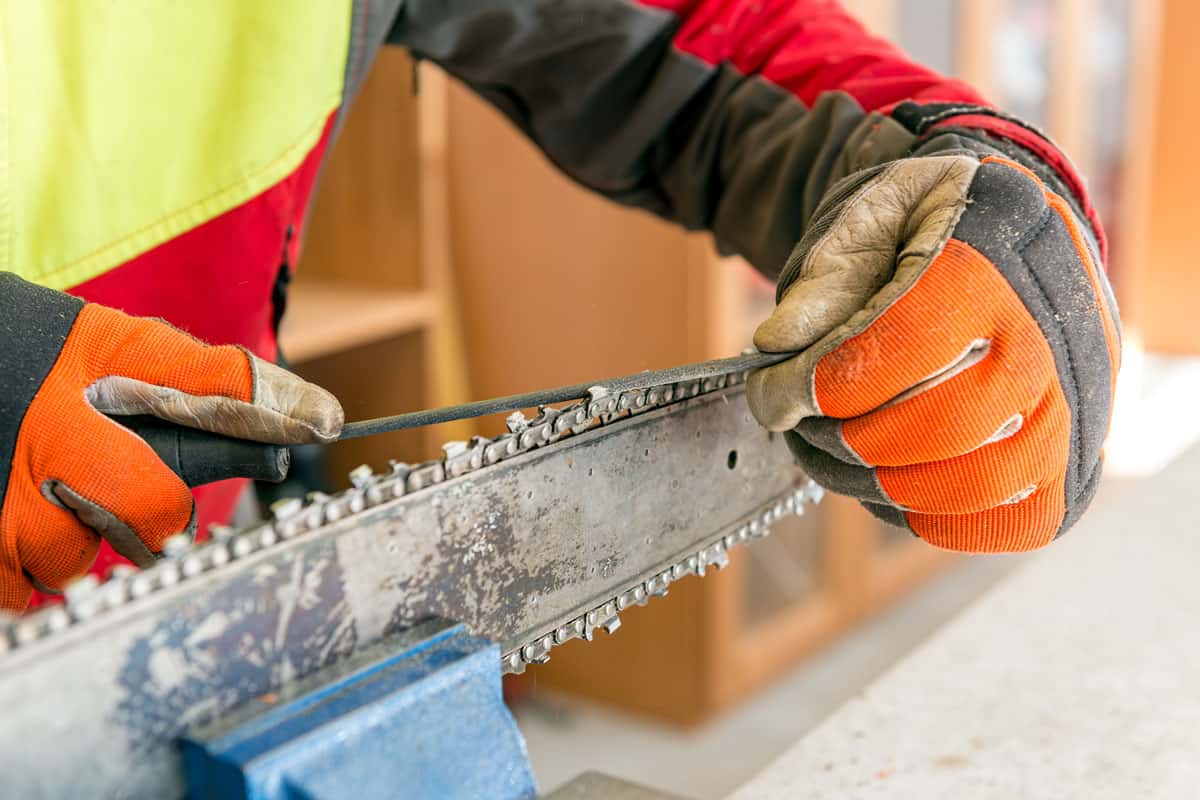
A few sharpenings of chainsaw chains are recommended before moving to replacement. However, the degree of sharpening will vary depending on the kind of wood you are cutting, how often you use it, and how well you take care of your chain.
A chainsaw may only require sharpening once a year if it is only used for light-duty tasks like pruning branches. A chainsaw may require more frequent sharpening if used for labor-intensive tasks like cutting firewood. If you frequently use your chainsaw, it is a good idea to have a spare chain available. You can quickly replace it when the chain in use becomes worn. By doing this, you can keep working without pausing to sharpen your chain.
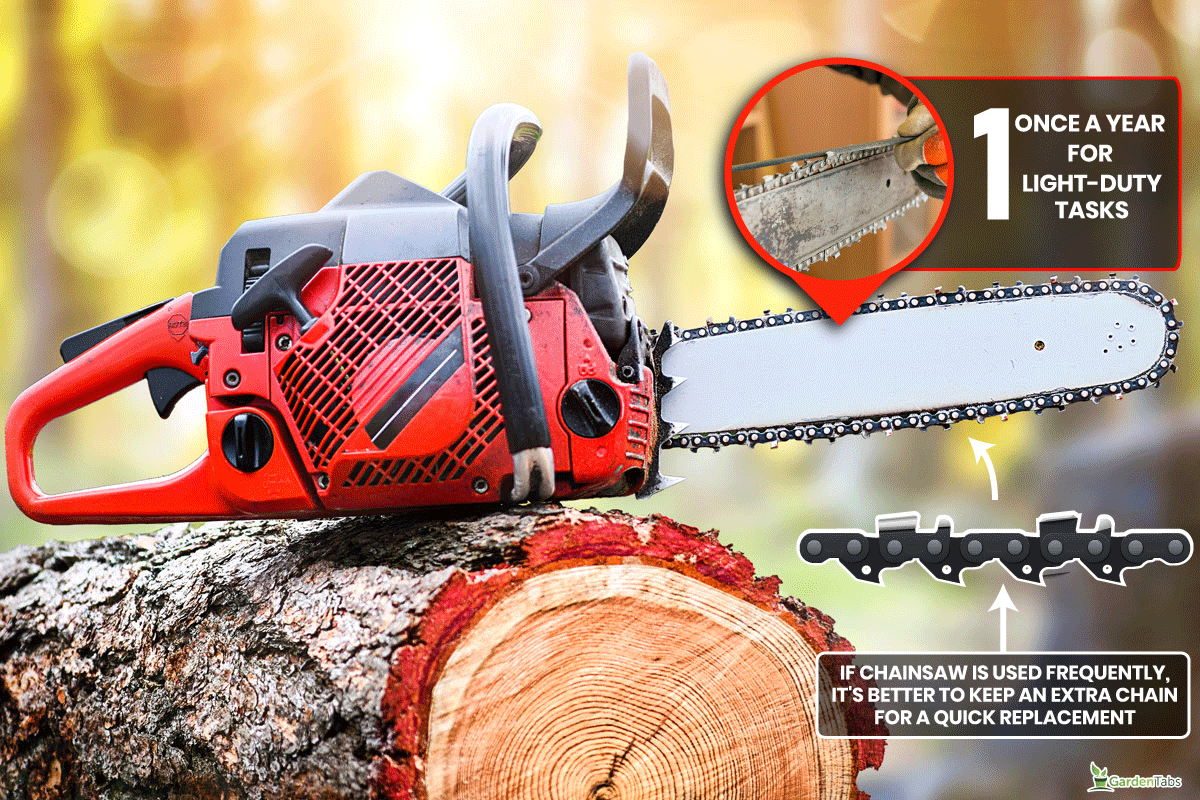
How Long Do Chainsaws Last?

You may expect a high-quality chainsaw to last at least 10 years with regular use. Maintenance is a major factor in how long any equipment will last. With proper maintenance, the lifespan can easily be doubled to 20 years or more.
It's A Wrap!
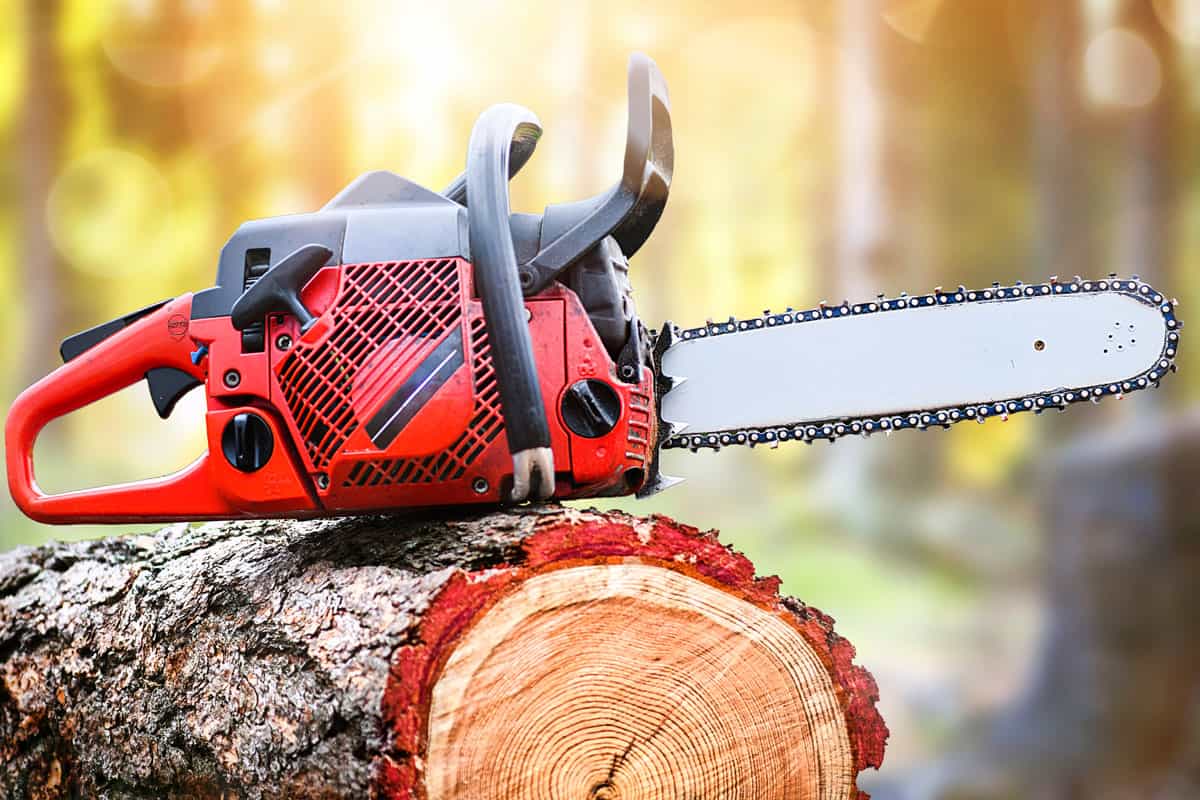
There are different sizes and configurations of chainsaw chains, blades, and bars depending on the gauge, pitch, and bar length. Before buying a spare or replacement for the parts, determine the appropriate standards or specifications. A new chain, set of blades, or set of bars should fit correctly.
Made it to the end? Check out these related articles below!
Why Is My Chainsaw Blowing Smoke [Inc. Blue, White & Black]?

